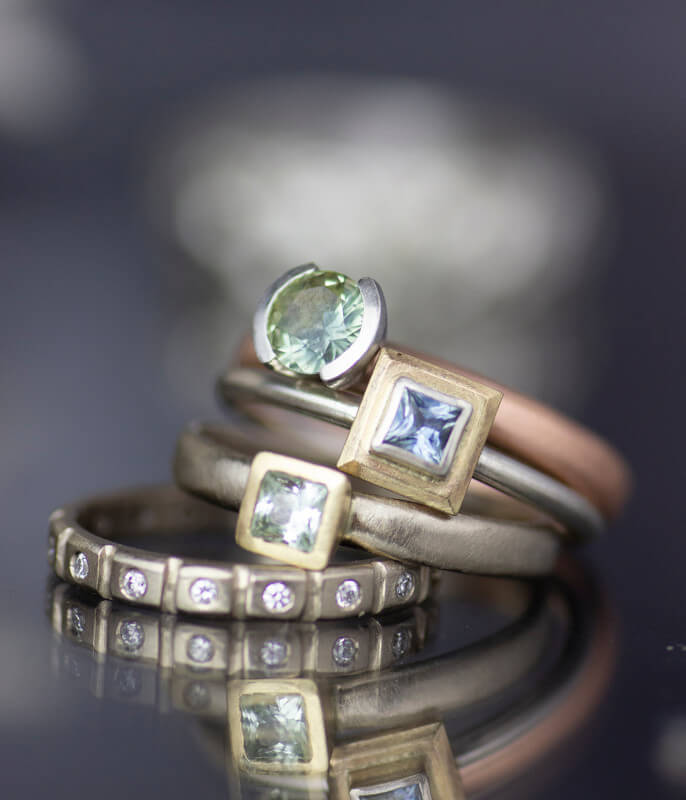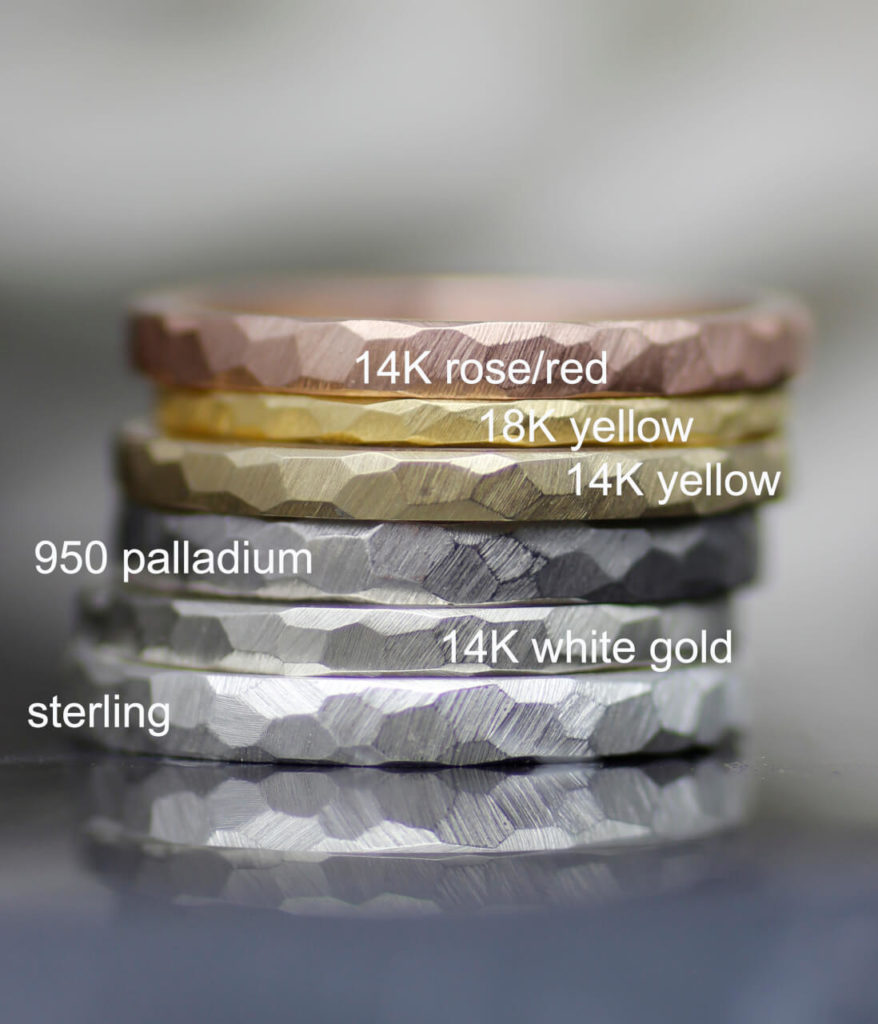Eco-Friendly Jewelry
Sustainable Modern Jewelry in an Ethical Space
How It's Made Matters
Every piece of LOLiDE jewelry is hand-crafted in Seattle in a studio that values the environment and supports social justice and gender equality. LOLiDE has extensively researched the best practices in jewelry making and is constantly monitoring ways we can improve our processes to have the least negative impact on the environment while contributing positively to society and our community. Here are just a few of ways we strive to make LOLiDE a leader in ethically produced, eco-friendly jewelry.

How It's Made Matters
Every piece of LOLiDE jewelry is crafted by hand in Seattle in a studio that values the environment and supports social justice and gender equality. I have researched extensively best practices in jewelry making and am constantly monitoring ways I can improve my studio to have the least negative impact on the environment while contributing positively to society and my community. Here are just a few of ways I strive to make LOLiDE a leader in ethically produced jewelry.
Recycled and Fair Mined Metals
To be a sustainable modern jewelry designer, the materials we use for most wedding bands and components are 100% recycled. To verify and confirm the use of 100% recycled metals, we work with suppliers who are audited by SCS Global Services, a globally recognized independent third-party certifier and sustainability expert. As part of this certification, SCS Global Services confirms that the recycled precious metal products are manufactured using 100% recycled precious metals. We also recycle our own metal for use in our jewelry whenever possible and when we cannot, we send it to be recycled into the market.

As there are limited supplies of recycled metal, we also support the use of fair mined gold. Fair mined is an assurance label that certifies gold from empowered responsible artisanal and small-scale mining organizations. It transforms mining into an active force for good, ensuring social development and environmental protection, providing everyone with a source of gold of which they can be proud.
Lab-grown and recycled diamonds
We feel strongly that lab-grown diamonds are a superior alternative to mined diamonds, and they are the default choice in all our work. Lab-grown diamonds present the newest, most technologically advanced and sustainable alternative to mined diamonds available in today’s market. Lab-grown diamonds are created using advanced technology — either extreme pressure and heat (HPHT) or a carbon vapor deposition process (CVD), which replicates the natural method of diamond formation. The result is lab-grown diamonds that have the same characteristics of natural ones, both in strength of material and sparkle.
These diamonds are certified and are purchased from suppliers who follow internationally recognized environmental standards. Recycled diamonds are also an option, especially if folks are looking for a particular style or shape that is not available in the lab diamond market.
Fair mined and lab-created gemstones
While lab created diamonds are a great addition to almost any ring, we love color! We have created a variety of styles using lab grown gemstones or fair-mined gemstones. We are particularly fond of Montana and Australian mined sapphires which lend unique color and vibrance while not sacrificing durability. If you see a design you like but want to add something more vibrant, most white stones can be substituted with a durable colored gemstone alternative. Just get in touch to start exploring – the possibilities are nearly endless.

Studio practices
Traditional jewelry practices have been toxic both to the environment and to the maker. We have completely overhauled our studio to try to use as many non-toxic processes as possible during jewelry fabrication. These include working with common household ingredients like citric acid (vitamin C!) and dish soap rather than industrial chemicals during tumbling and finishing. All our metal dust is captured by a special dust collector and even this dust can be recycled. We clean our studio with natural cleaning products and recycle and compost all but a tiny fraction of our waste.
LOLiDE also really cares about sustainable packaging. We’ve spent hours sourcing boxes, bags, tape and mailers that are made from recycled materials and are recyclable and/or compostable. We are of course not perfect, so if you have ideas or recommendations on how we can improve, we’re all ears!
Giving Back
Part of the goal of LOLiDE since it first began was to not just do no harm but to try to be a catalyst for positive change. For us, ethically produced jewelry must also include the holistic intentions of the maker. LOLiDE strives to be a safe space for everyone and an example of jewelry that defies gender stereotypes and refuses to conform to traditional standards of beauty.
We believe it is important to not just do good but to support others who are already doing good. A portion of all sales from LOLiDE products and/or in-kind donations goes to various non-profits, including NNAF, Lambda Legal, Planned Parenthood, Legal Network For Gender Equity, International Rescue Committee, the Cancer Research Institute, Southern Poverty Law Center, Climate Science Legal Defense Fund and Pure Earth.